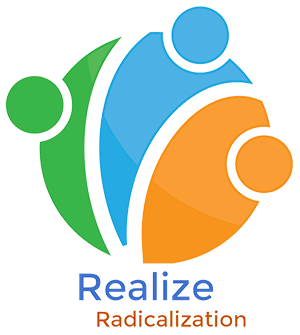[vc_row css=”.vc_custom_1492008828909{margin-top: 40px !important;}”][vc_column][nd_options_text nd_options_text_tag=”h3″ nd_options_text_weight=”bold” nd_options_text_family=”nd_options_first_font” nd_options_text=”The Rohingya Exodus: Protracted Conflict, Refuge, and Global-Local Peacebuilding Avenues” nd_options_text_color=”#727475″ nd_options_text_font_size=”20″ nd_options_text_line_height=”20″][nd_options_spacer nd_options_height=”20″][vc_column_text]CRRIC’s ED presented a paper on the role of international communities in Rohingya crisis at the annual CPRA conference that was held in the University of British Columbia, on June 5, 2019.
Since August 2017, Myanmar security forces’ clearance operations in the Rakhine state of Myanmar have resulted in the mass exodus of ethnic Rohingyas to neighboring Bangladesh. Although the systematic persecution of the Rohingyas began in the late 1970s, which was followed by stripping of Rohingya citizenship in 1982, the episodic Myanmar security operations against Rohingyas continued till now.
The Inter-sectoral Coordination Group (ISCG) that is responsible for supporting the displaced Rohingyas in Bangladesh states, “As of 18 March 2018, the RRRC Family Counting Exercise, supported by UNHCR, has counted 836,210 refugees in total in camps and settlements – including arrivals both before and after August 2017.” They are accommodated within an area of 800 hectares randomly cleared out of reserve forest in the southeastern part of Bangladesh.
The Myanmar military’s operation that resulted in Rohingya expulsion gave rise to the most intricate state-led conflict in recent history. In the meantime, the genocidal nature of the conflict and the plight of the Rohingyas drew global attention. Considering the scale and magnitude of the ethnic cleansing, the UNGC resolution announced that the Rohingyas are the most persecuted ethnocultural group in the world. Consequently, the UN fact-finding mission led by the UN Human Rights Commission termed it a ‘genocide’ followed by Canadian parliament’s similar acknowledgment.
In light of this, the paper addressed three research questions with global-regional significance. 1) What are the root causes of the genocide? 2) What are the regional and global security ramifications of the displacement? In addition, 3) What are the roles of international communities in general and Canada in particular in the peacebuilding and sustainable resolution of the conflict? Data for the paper were collected during a month-long fieldwork in February 2018 in Bangladesh-Myanmar.[/vc_column_text][/vc_column][/vc_row][vc_row css=”.vc_custom_1492008848756{margin-top: 20px !important;}”][vc_column width=”1/2″][/vc_column][vc_column width=”1/2″][/vc_column][/vc_row][vc_row css=”.vc_custom_1467643035435{margin-top: 40px !important;}”][vc_column][nd_options_spacer nd_options_height=”20″][/vc_column][/vc_row]




